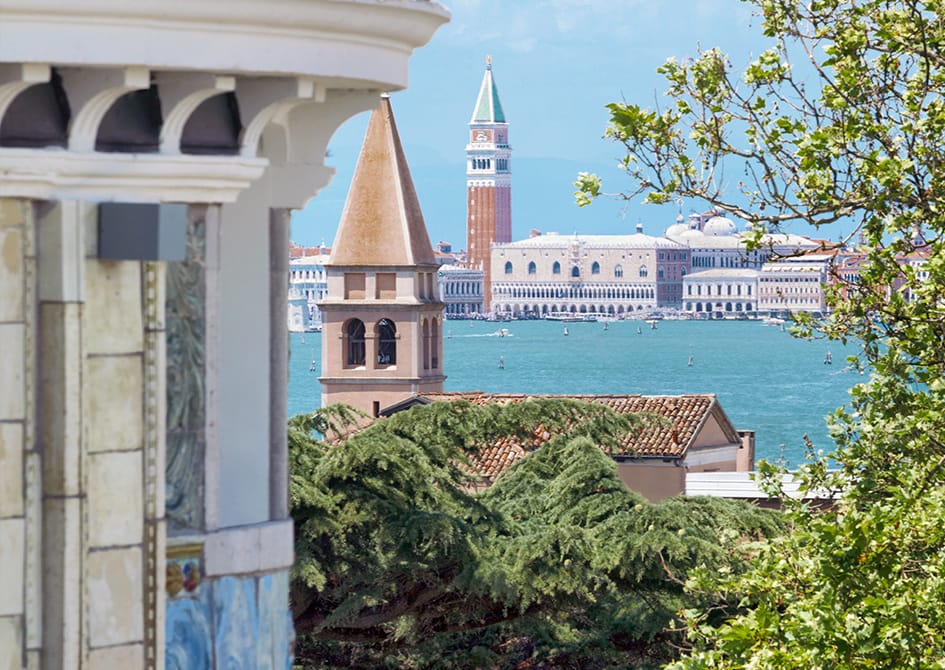The Ausonia Hungaria
Warning: Illegal string offset 'title' in /var/www/clients/client1/web3/web/wp-content/themes/ausoniahungaria/inc/common/hero.php on line 37
CHILL OUT. ENJOY TIME FOR YOURSELF
Art that surrounds and thrills. A sense of freedom and of being immersed in nature. The joy of relaxing and discovering authentic flavors in a location that is the perfect meeting-point of a sumptuous past and the latest in design and lifestyle trends. Discover a whole new dimension: welcome to the Ausonia Hungaria.
AMAZING HOTEL
Ausonia Hungaria is at the center of a world of outdoor activities, sports, nature, art and international events. A stimulating context for body and mind for all who want to enjoy the sense of discovery and love to be surprised.

OUR HISTORY
The history of Ausonia Hungaria palace is interwoven with that of Venice’s Lido island, as the favorite destination of many visitors, often well-known.
From the late 1800s and into the early 1900s, Lido island enjoyed unprecedented growth in tourism due mainly to the new fashion of ‘bathing at the seaside’.
The building became iconic and distinctive from 1913, when the ceramist Luigi Fabris created the particular decoration of the main façade in multi-colored majolica tiles, thus giving the island a unique Liberty-style building.
Motifs of ochre and water-green vegetables, fruit and flower garlands, puttos and female figures symbolizing Venice and Hungary, merge to create the charming combination of forms and colors we still admire, in a complex balance between innovation and experimentation.
VENICE LIDO
The Ausonia Hungaria comes from a unique context where land and sea meet in a changing show of water, lights and reflections that vary with every season. For millennia, the nature and traditions of Venice’s Lagoon have been attracting thousands of visitors with their exclusive charm and beauty.

DISCOVER MORE
The events, updates and special offers that complete the journey of discovery of Ausonia Hungaria.